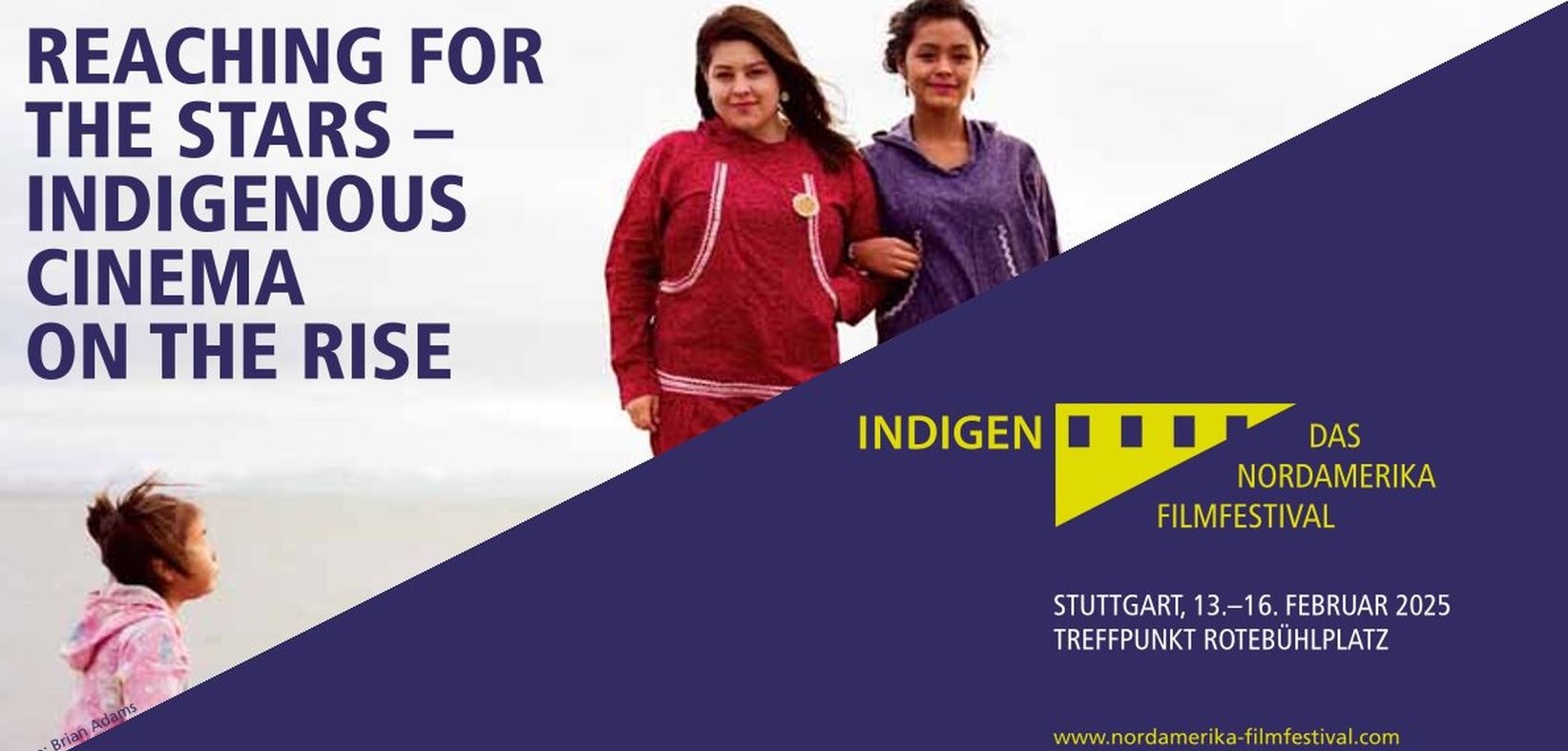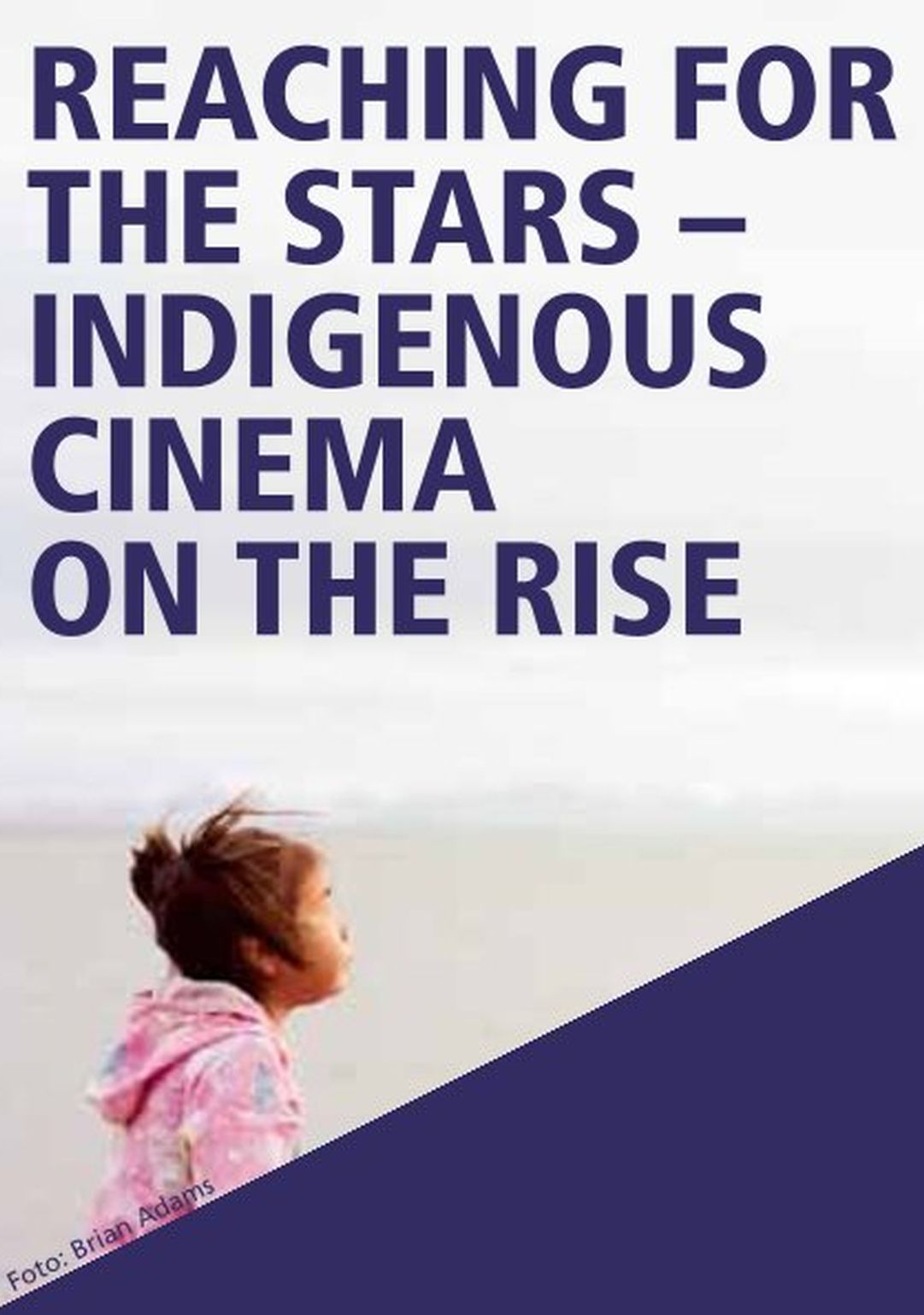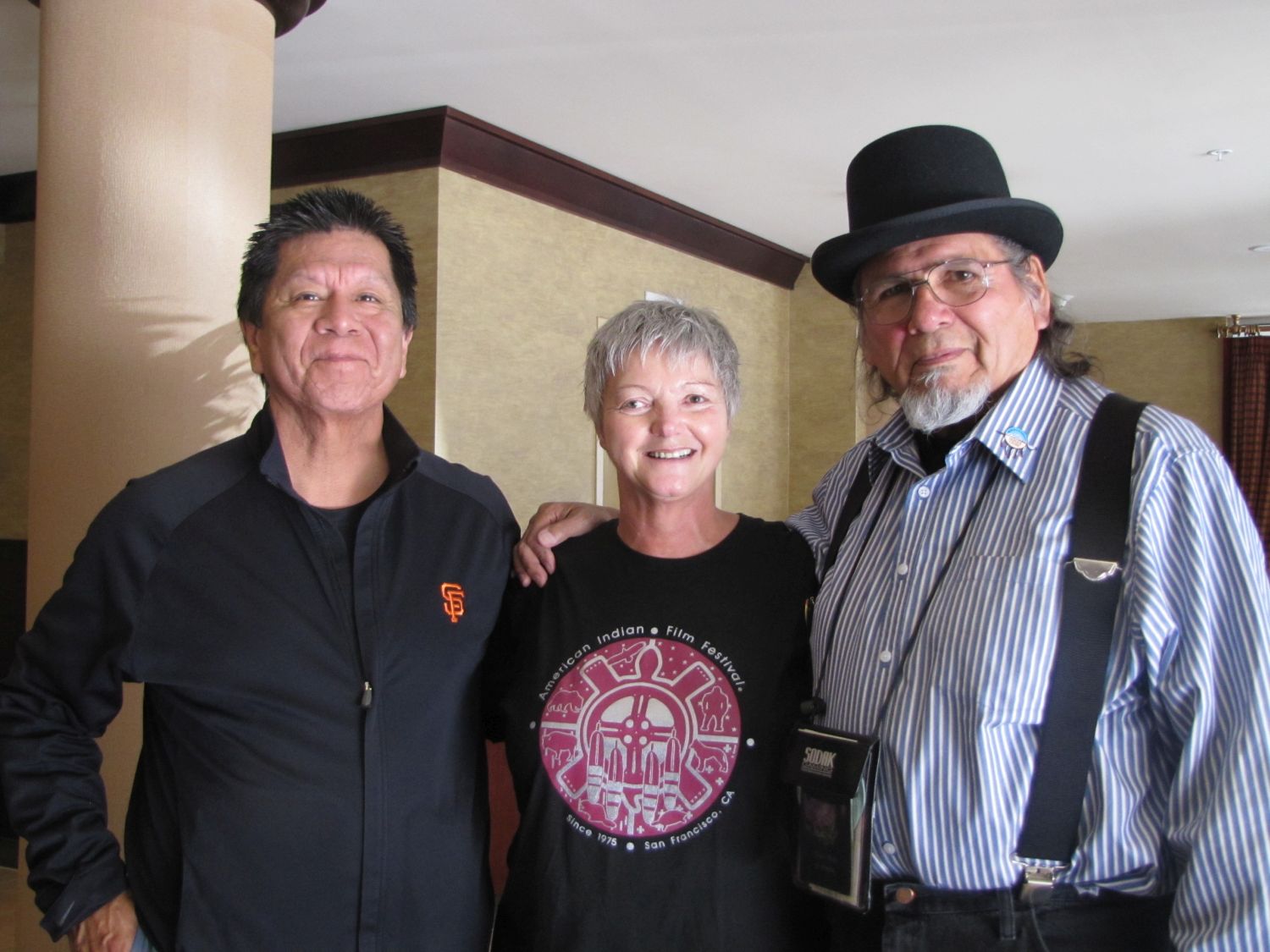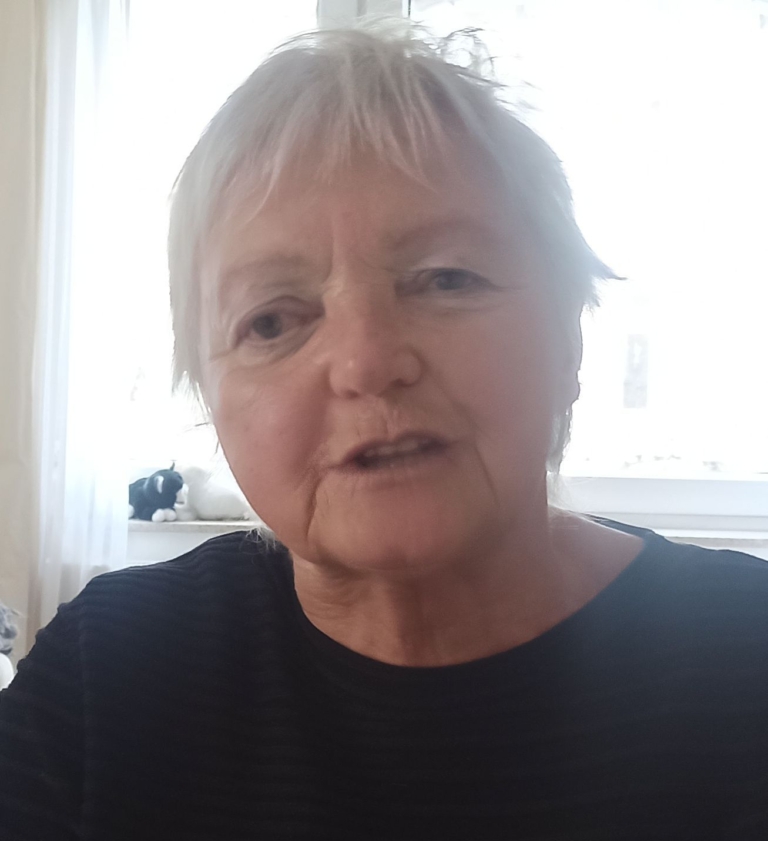Startseite > INDIGENOUS


INDIGENOUS – The North America Film Festival was launched in 2004 by Gunter Lange and Sonja Schierle, then North American Film Consultant at the Linden Museum. This year, the festival, of which we are a partner, is celebrating its tenth edition. In this interview, Sonja Schierle, co-curator of the festival, talks about its significance and this year’s special films.
Martin Otto-Hörbrand: The festival has worked with indigenous partner institutions from the very beginning. How did the first festival come about in 2004?
Sonja Schierle: I knew from the Sundance Festival that there were great films produced by indigenous people themselves – films about indigenous cultures and realities of life that were not known here in Europe at all, that is, that had never been seen on television, let alone in the cinema. And I wanted to show that. Then I met Gunter Lange, who had the same idea. He was in contact with Michael Smith from the Indian Film Institute and Festival in San Francisco and also worked there. And then we decided with Michael: Let’s work together and launch ourselves in Stuttgart. With many partners in the city – and a lot of volunteers until today –
we organized the first festival. Over the years, many collaborations – including universities and schools – have been added. We have also actively expanded our networks in North America, so that our festival is well known in indigenous circles in the USA and Canada.

Martin Otto-Hörbrand: Does that mean that when you ask guests today, they already know: “Ah, sure, Stuttgart!”?
Sonja Schierle: They don’t have to know us personally, but they know that the festival exists and that it is held in very, very high regard. It is the only one of its kind in the whole of Europe. Other long-standing partners include the Dreamspeakers International Film Festival in Edmonton, a renowned indigenous film festival in Canada, and the Institute of American Indian Arts in Santa Fé. James Lujan, who heads the film department there, is also a guest again this year. He always encourages his students to select films for our festival, which we then present. And these are really pioneering films by young filmmakers that we would otherwise never see in our lives. Films that ask: Me as an indigenous young person – how do I see my future? How do I see myself in this diverse society? The conversations with the guests about this are simply really something. You can’t put a price on that. These are really great experiences.

Martin Otto-Hörbrand: Sonja, the festival is still running until tonight. What was special about this anniversary edition for you in terms of film?
Sonja Schierle: This year there were and are films that have a completely new format. For example, the film Something Inside is Broken by Jack Kohler. It’s a kind of musical. In this film, he reflects on the gold rush in California, where he himself comes from. And he doesn’t ask: What is this gold rush? What triggered it? But rather: What did the gold rush bring for the indigenous population and how did it affect their entire situation, and in particular their ancestral rights? The treaty rights are reflected as if in a court of law and in the style of a “rock opera”, as Jack himself described the film on the opening night. That was exciting because this is a completely new format in indigenous film. Until now, there has been a very strong focus on documentaries in filmmaking – feature films played a lesser role due to the high production costs. That’s why it’s interesting that completely new ways are being found here in terms of film language. I’m also very curious to see how the audience will react to a format called TimeTraveler by Skawennati. It’s about an avatar that can transcend time and move through different realities. As an animated science fiction film, it is simply not what is perhaps traditionally expected at this festival. Music videos are also back this year with their own session. The audience can vote for the award here. I was also impressed by the film Les filles du roi, which was presented by director Corey Payette and actress Julie McIsaac. Another musical. And another story that is virtually unknown here in Germany, namely that France sent young women to colonize its colonies in Canada. They were supposed to marry young settlers there in order to maintain French culture and populate the colony. As many children as possible, large families. The aim was to prevent settlers from starting families with indigenous women. A whole series of well-known people such as Madonna and Hillary Clinton have ancestors who can be traced back to this settlement policy.
The film program can be seen at Treffpunkt Rotebühlplatz in Stuttgart until 16 February. Further information: www.nordamerika-filmfestival.com

Dienstag bis Samstag, 10 – 17 Uhr
Sonn- und Feiertage, 10 – 18 Uhr